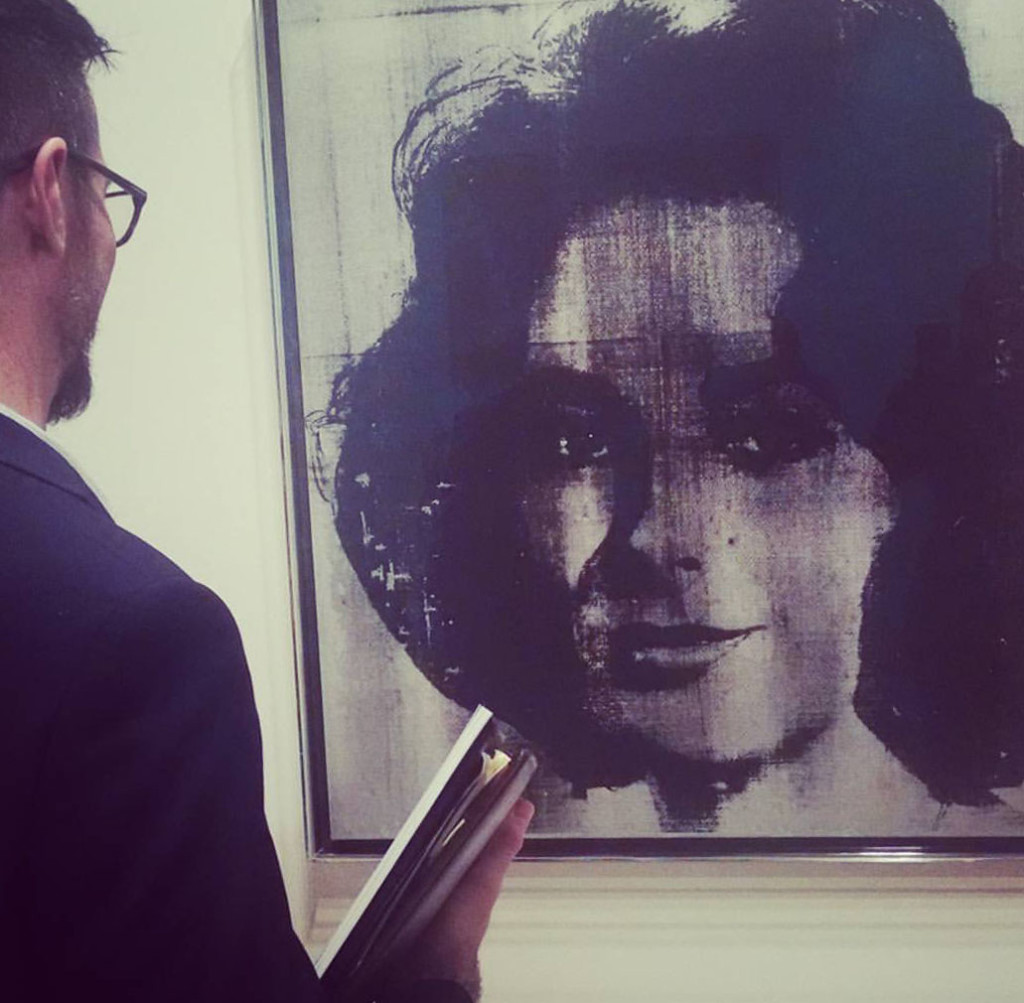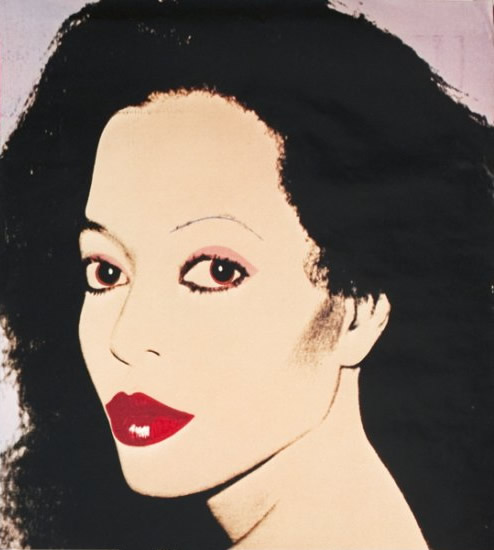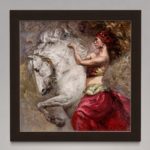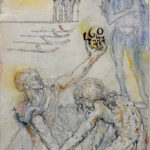One of the largest forces that drove Andy Warhol’s artistic career was his relentless exploration of fame and celebrity—both for himself in the creation of a persona that would rocket him to fame in the Pop Art movement, and in the various celebrity characters he seemed to collect and document in his artworks.
Of particular interest are his images of starlets of the time, best recognized in his iconic prints of Marilyn Monroe. His depictions of women explore the relationships between consumer society, fame, fashion, sensationalism, and even death. Warhol’s starlets are anything but static portraiture; they both reveal and conceal the lives of the stars they represent and their particular relationship to Warhol himself.
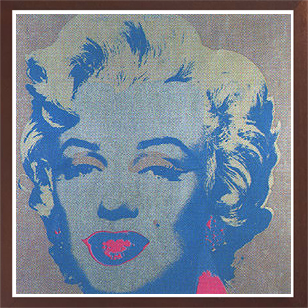
After Monroe’s suicide in 1962, Warhol began producing images of the starlet using the silkscreen technique as a tribute to the icon. The result was a series of paintings that seemed to immortalize Monroe by allowing her to live eternally within his art. His use of line and color throughout the various prints shows the mechanized construction of Monroe’s public persona, and the artist’s decision to highlight her feminine and famed features. A slightly different reading of why Warhol chose to depict her after her death reveals a more calculating and morbid fascination with the chance to capitalize on tragedy-related sensationalism.
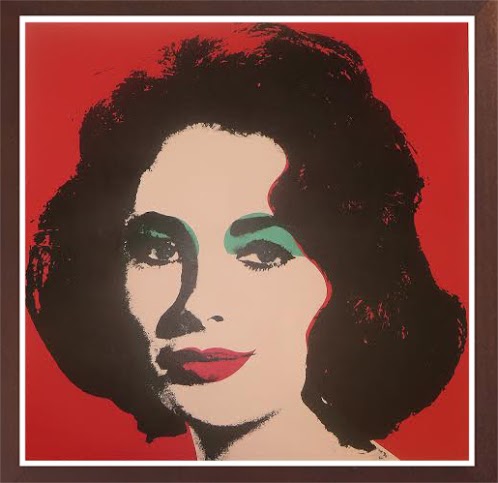
Warhol first painted Elizabeth Taylor at the peak of her fame, yet while she was struck with an illness that most everyone thought would bring about her death. Warhol’s painted “Liz” image was a publicity photo for her 1960 film “Butterfield 8” when the actress was 28 years old. Warhol added powerful and aggressive colors, decidedly contouring and perfecting her image—another chance for Warhol to immortalize one of his icons through his art. Her iconic face in Warhol’s prints uncannily hints at the rocky journeys of divorce, recovery, excess, and frivolity that Taylor would face later in her life without Andy.
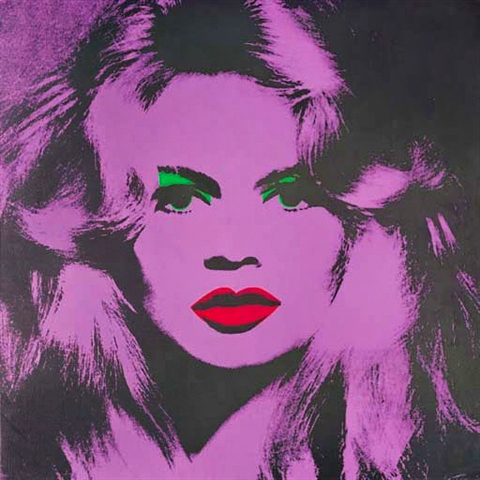
It comes as no surprise that Warhol would be drawn to the beauty and paradoxical nature that was Brigette Bardot with her free spirited sexuality, famed good looks, and association with women’s rights and liberation. Despite Bardot being an active supporter of Warhol and his films such as Chelsea Girls, her portrait came as a commission from then-husband Gunter Sachs, years after the original photo was taken. Warhol’s paintings of Bardot are perhaps one of his most psychedelic and intrepid ventures into scale and color, with intense contrasts, bright colors, and flowing lines that almost defy the mechanized nature of the silkscreen process. Like the other starlets, Bardot is depicted at the height of her beauty, frozen forever in Warholian perfection; while Bardot at the time of the commission had already began to age—giving the prints a haunting message of inevitable mortality. Praised by Glenn O’Brien,, the Bardot portraits have understandably been described “among the strongest and most iconic of his 1970s portraits.”
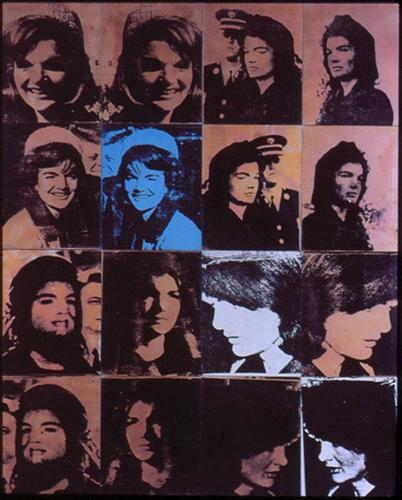
Warhol was transfixed by the death of President John F. Kennedy in the winter of 1963; yet as his fixation with the assassination grew, so did his interest in Kennedy’s wife Jacqueline Kennedy Onassis. In response, Warhol executed a series of over 300 portraits on the American icon while commentating —and paradoxically adding—to the media frenzy and exposure surrounding the widow. Jackie is depicted as a smiling wife, shocked bystander, and grieving widow; drenched in blue pigments that recall the pious Virgin Mary, and Jackie’s own grace, sadness, and grief. Warhol’s Jackie series more than any other reveals his fascination with death, and his expert use of simple repetition to expose ubiquitous media coverage. Referred to as one of the “Big Three” (Jackie, Marilyn and Liz), the portraits of Jackie are an example of Warholian consumerism at its best. The artist was quoted as saying “I’d been thrilled having Kennedy as president; he was handsome, young, smart–but it didn’t bother me that much that he was dead. What bothered me was the way the television and radio were programming everybody to feel so sad.”
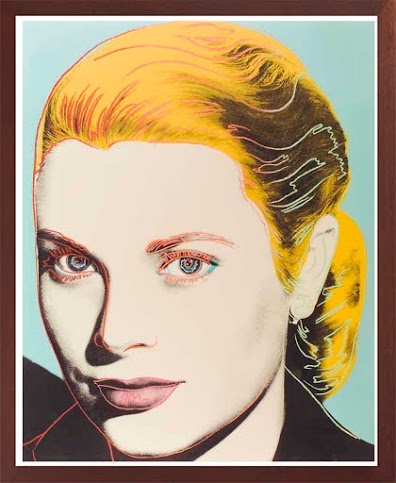
American actress turned princess Grace Kelly represents the rise from fame to royalty; something that inevitably attracted Andy Warhol to depict the classic beauty in yet another immortalizing series of portraits. Although executed in typical Pop Art fashion, the portrait is given additional dimension by Warhol’s delicate tracing around certain features that gives the work a haunting sense of the uncanny. The series was made two years after Kelly’s tragic death; further exposing Warhol’s interest in beauty existent, fleeting, and lost.
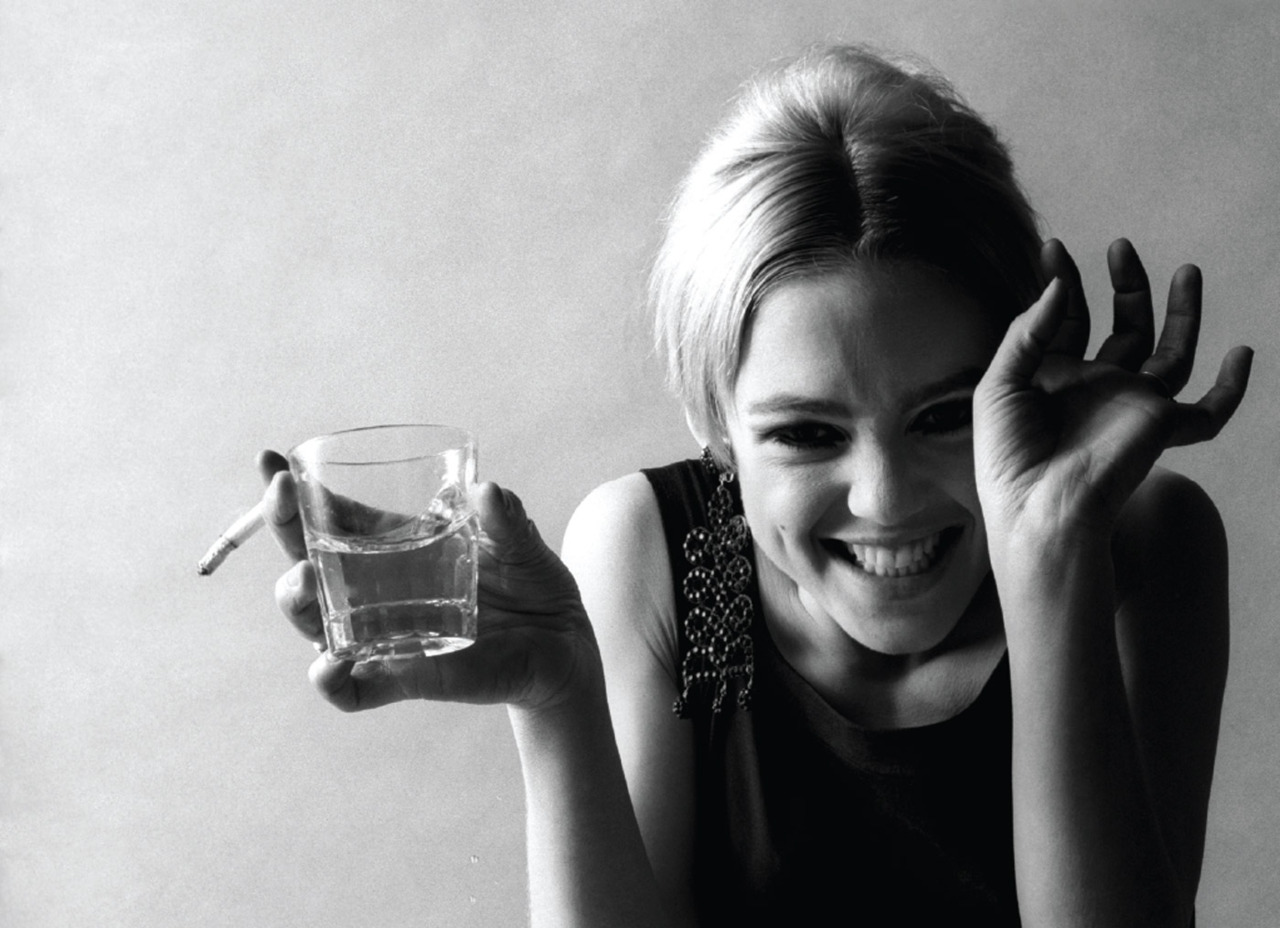
If Warhol ever had a favorite, it was said to be Edie Sedgwick: American heiress, actress, socialite, model, and Vogue-proclaimed “Youthquaker” it-girl extraordinaire. Sedgwick was a Warhol Factory staple, and appeared in various Warhol photographs and films such as “Horse”, “Vinyl”, “Poor Little Rich Girl”, and “The Andy Warhol Story”. After becoming fast friends, Warhol declared Edie his “Superstar”, and they mutually began the rise to increased fame, notoriety, and controversy. After becoming estranged from the Warhol inner circle, Sedgwick continued the fast life of celebrity and died from a barbiturate overdose in 1971; leading many to blame her time at the Factory for her demise.
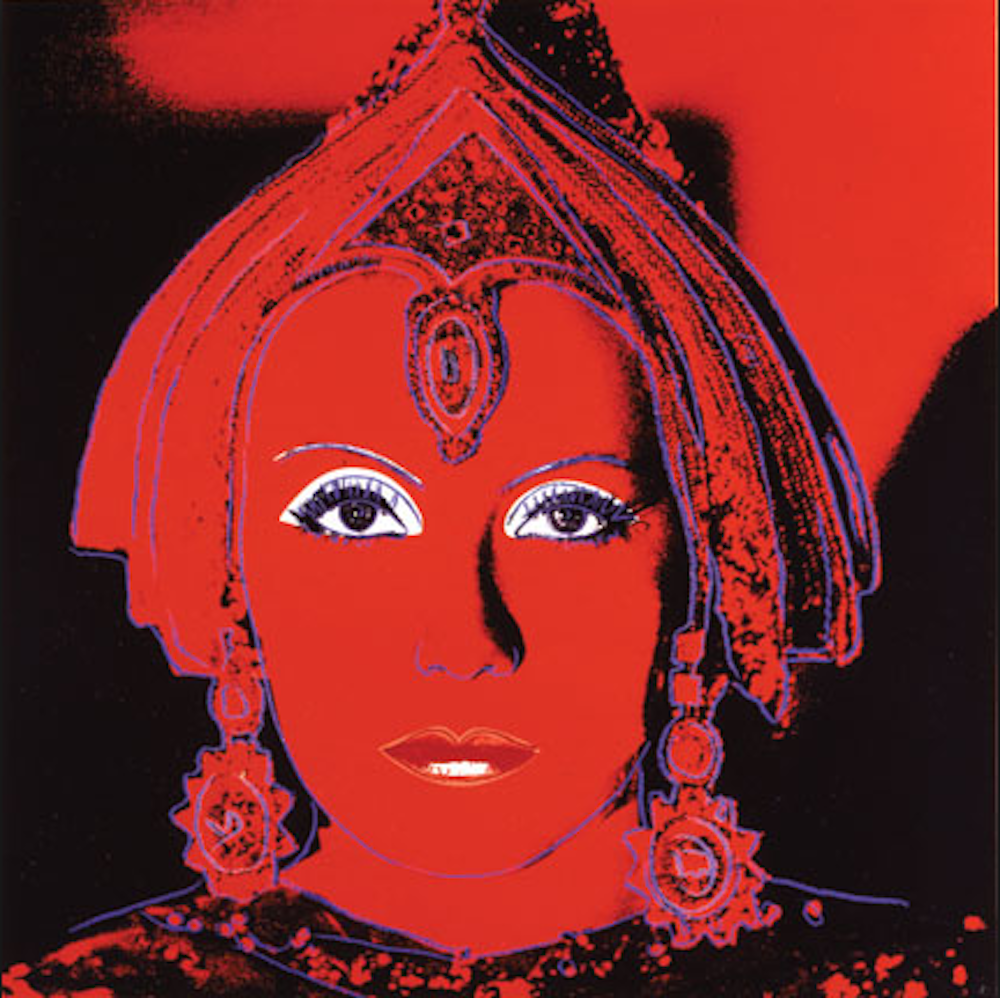
Greta Garbo was a celebrity Warhol actually got the chance to meet and observe while living in New York City. He depicted her in a silkscreen series called “Myths” in which Garbo is aptly titled “The Star” and depicted in character from one of her famous cinematic roles. Warhol even used diamond dust on some of the prints to further the luxury, decadence, and beauty he aspired to portray. The “Myths” series is an exploration of mythic and iconic American stars, and each star is said to represent an aspect of Warhol’s own personality—indicative of his ego, and attempt to further embed himself within the celebrity canon.
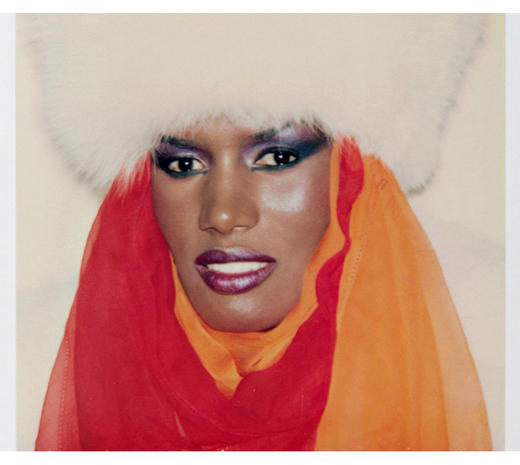
Grace Jones was an influential, and ever-changing woman in her time with careers as a model, actress, and singer. Warhol was enamored with Jones’s penchant for change, fashion, unconventional ways, and strong androgynous beauty. He reportedly waited three hours to photograph her for Vogue, and continued to paint and photograph Jones on multiple occasions. His works of Jones are all based off of photographs he had taken himself, giving the viewer a sense of the personal bond both artists shared. As a woman constantly adapting to maintain her fame, Warhol recognized and appreciated her genius, beauty, and shared interest in celebrity.
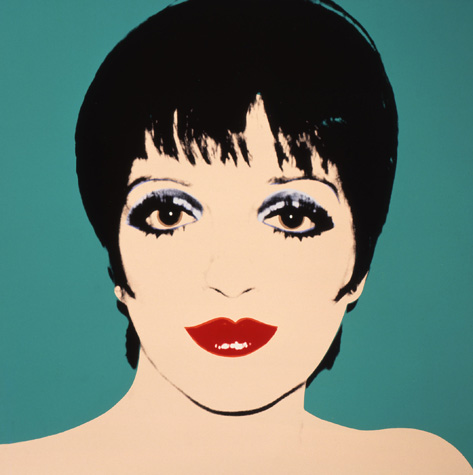
Another subject of both Warhol’s screenprints and photographs was legend of the stage, Liza Minnelli. Warhol knew Minnelli personally, and even interviewed her for his magazine “Interview”. While his silkscreens emphasize the starlet’s stark and recognizable features, so do his Polaroids where the singer poses unabashedly in her signature look with bright red lips, choppy black hair, and huge staring eyes encased in layers of black mascara. As Warhol captured the sensitivity of Diana Ross, he captured the humor, theatricality, and essence of Liza Minnelli—revealing the artist’s versatility, and closer relationships to his icons later in life.
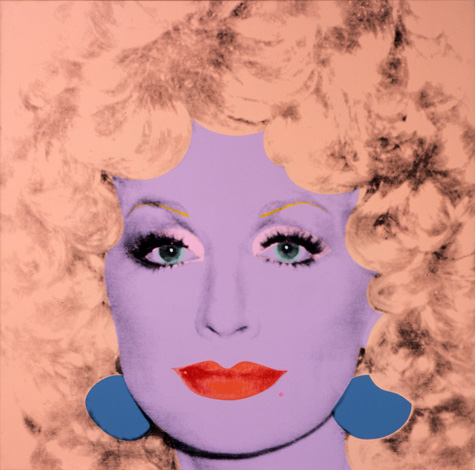
Dolly Parton’s character is perhaps one of the only others that can rival the character Andy Warhol created for himself. Warhol reveals the essence of Dolly in a series of photographs, and silkscreen portraits in which the singer is exposed in either a dreamy and soft Polaroid, or a bright cotton-candy pop color scheme that highlights her big hair, big, jewelry, and big personality that was adored at the time. Warhol’s method of mass production only served to complement Dolly’s mass appeal in both talent and beauty. The result is an American kitsch success that only serves to expose and promote Dolly’s public persona.
Warhol was commissioned by actress and former Supremes vocalist Diana Ross to execute a series of paintings for herself and her daughters. Warhol photographed the singer in a series of Polaroids that reveal the soft, raw, and vulnerable beauty of Ross; and the skill of Warhol as a photographer to capture her in an intimate moment that reflects his admiration and respect for the singer herself. The editor of Warhol’s magazine “Interview” Bob Colacello recounts “Diana Ross stunned us by paying her $95,000 bill for the four portraits on the spot“. So pleased with the outcome, Ross later hired Warhol to create the album cover for her record “Silk Electric” that features Ross in a traditional pop art fashion, but bears a striking resemblance to her Polaroids.
Which is your favorite of the Warhol starlets? Who would Warhol portray in today’s celebrity-obsessed culture?
Can these images be seen as eternal immortalizing memorials of respect for Warhol’s favorite stars, or rather reductive depictions of women that highlight only their beauty, perfection, and personal tragedies for Warhol’s own profit?
While Warhol’s starlets may seem like a simple portraiture, one thing is certain that they are much more than meets the eye in their continuing value, and documentation of the intricate relationships between celebrity, commercialism, tragedy, and beauty.
All Text ©2016, ROBIN RILE FINE ART. No unauthorized distribution or dissemination is permitted without written consent from RRFA.

